Regular fecal testing is an important aspect of preventative care for cats, and an essential diagnostic tool if your feline is feeling under the weather. If your veterinarian asks you to provide a stool sample for your cat, however, it may leave you with more questions than answers. What exactly are they looking for? How does one collect a fecal sample?
We’ll address the rationale behind fecal testing, common findings on fecal exams, and the best methods for safely collecting a sample and delivering it to your veterinarian.

Why Might My Veterinarian Request a Stool Sample?
Stool samples are commonly used to perform a diagnostic test called fecal flotation, which is considered the test of choice for diagnosing most types of intestinal parasites. Your veterinarian may recommend a fecal flotation for your cat or kitten for the following reasons:
- As a routine screening for intestinal parasites in healthy animals
- To evaluate for possible causes of symptoms such as diarrhea, vomiting, weight loss, or lethargy
In addition to fecal flotation, other fecal tests that your veterinarian may consider to evaluate for intestinal parasites include a fecal wet mount, Baermann funnel preparation, or fecal sedimentation.
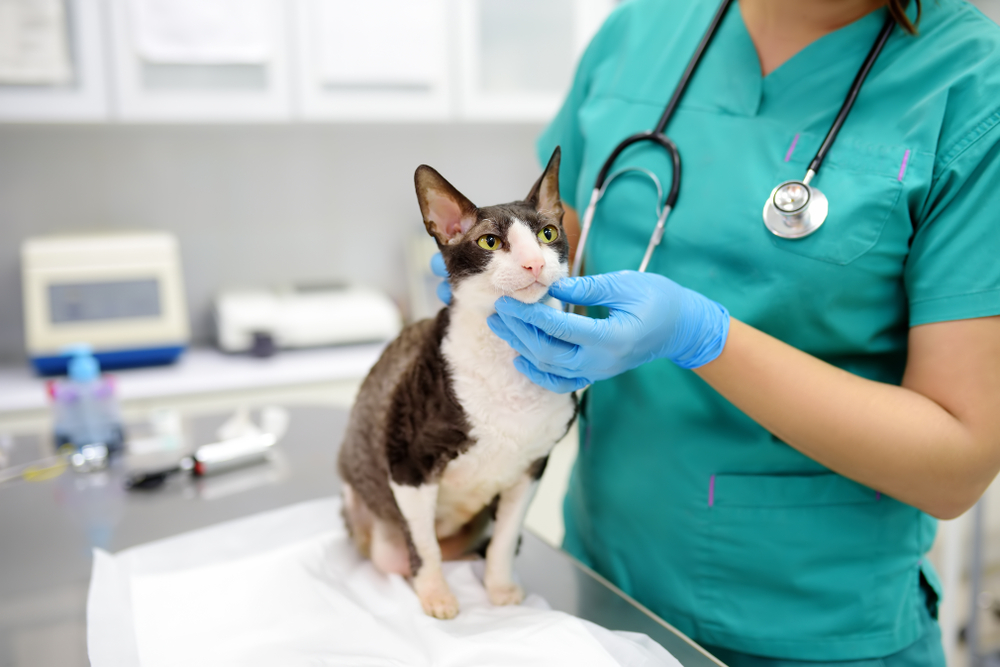
What Can a Veterinarian Learn From a Fecal Sample?
Gastrointestinal parasites of cats and kittens include both worms and single-celled organisms called protozoa. Types of worms that may be found on a feline fecal flotation include:
- Roundworms: Roundworms are a common GI parasite affecting cats and kittens. Affected felines are most frequently infected by ingesting eggs present in the feces of infected animals, or by eating prey infected with roundworms. Roundworms are zoonotic, meaning that they can infect humans. Roundworm infection in humans occurs when soil, sand, or plants contaminated by infected fecal material is ingested. Due to the nature of transmission, children are at a higher risk of infection than adults.
- Tapeworms: Tapeworms are parasites that live in the small intestine of cats. Adult worms have long, flattened bodies composed of many segments. Once mature, these segments break off and are passed in the feces. Segments may be visualized near an affected cat’s rectum or in their stool, and appear similar to small grains of rice. Cats acquire tapeworms through the ingestion of infected fleas.
- Hookworms: Hookworms are very small, thread-like worms that live attached to the intestinal wall where they feed on the blood of an infected cat. Hookworms can lead to diarrhea, weight loss, and in severe cases, anemia due to blood loss. Hookworms are zoonotic; spread to humans occurs through skin contact with contaminated soil or sand leading to a condition called cutaneous larva migrans.
- Whipworms: Whipworms are less commonly noted in felines in the United States. When present, the adult worms reside in the large intestine and can lead to severe diarrhea and weight loss.
- Stomach worms: Stomach worms are also uncommon in the United States, but may be noted more frequently in outdoor cats or those living in multiple-cat environments.
Types of protozoa that may be noted on a feline fecal flotation include:
- Coccidia: Isospora is the species of coccidia most frequently affecting cats, with most cats becoming infected at some point in their life. Treatment for coccidia may or may not be needed, as cats are often able to eliminate the infection on their own. Coccidia may require treatment in young kittens, however, as severe clinical signs such as diarrhea, weight loss, and dehydration can be noted.
- Giardia: Cats can contract giardia via ingestion of infected fecal material, in contaminated food or water, or through contaminated objects in the environment. The most common symptom associated with giardia in felines is diarrhea. Giardia can be noted on a fecal flotation; however, antigen testing is also commonly used to diagnose this condition in symptomatic felines.

How Do I Collect a Stool Sample From My Cat?
To gain the most accurate results from your cat’s fecal examination, consider the following step-by-step guide on collecting a stool sample from your cat:
- Ensure that the fecal sample is from the correct pet. While this may seem obvious, collecting a fecal sample from a specific pet in a multi-cat household can sometimes be difficult. In some cases, you may need to place the cat you are attempting to collect a sample from in a separate room with its own litter box, to ensure that the stool collected is theirs.
- Obtain a fresh sample. Ideally, this involves collecting a sample immediately after your pet defecates.
- Collect the sample. Your veterinarian may provide a small collection device for this purpose, otherwise, a small, clean, plastic bag may be used for collection. Simply turn the bag inside out, place it over your hand, and use it to grab a small piece of fecal material. Then flip the bag so it is right side out, and close securely. About 4–5 grams of fecal material (about the size of a Hershey’s Kiss) is recommended for a fecal flotation, so a small piece of stool will be more than sufficient. If your cat’s stool is very loose or watery, a disposable utensil such as a plastic spoon may be used to collect the sample and place it in the plastic bag. In this case, a spoonful of fecal material should be enough for testing purposes.
- Bring the sample to the veterinarian. This should ideally be performed as soon as possible after sample collection. If you are unable to bring the fecal sample in right away, store it in a cool location such as the refrigerator, and try to bring it to your veterinary clinic within a few hours. Stools that are greater than 24 hours old should be thrown out, as parasite identification will be more difficult in these samples.
Safety Tips for Collecting a Stool Sample
As discussed above, some intestinal parasites may cause infection in humans. When a stool sample is needed, a healthy, adult family member should be in charge of the collection. Children, as well as pregnant or immunosuppressed adults, should avoid contact with fecal material. When collecting a sample, your hand should not have any contact with your cat’s stool; however, thorough hand washing after sample collection is recommended. Additionally, disposable gloves may be worn as an added precaution.
If you have any concerns about your ability to collect a stool sample at home, be sure to let your veterinarian know—it may be possible to collect a fecal sample directly from your cat in the clinic, using a small tool called a fecal loop (although this may be difficult in stressed animals).
How Often Are Stool Samples Needed?
Your veterinarian will make recommendations on the frequency of stool sample collection specific to your cat or kitten, based on their history and overall health. General guidelines from the Companion Animal Parasite Council (CAPC) should be strongly considered. General guidelines for testing for intestinal parasites recommend conducting tests at least four times in a kitten’s first year of life, and twice yearly in adult cats.

Conclusion
Whether they are being used to investigate the cause of diarrhea in an older pet or screening a new kitten for intestinal parasites, stool samples play an important role in monitoring the health of your cat or kitten. Collecting a high-quality sample and delivering it to your veterinarian promptly will provide the most accurate results on your pet’s fecal testing, and will help to ensure that your feline is healthy and parasite-free!
Featured Image Credit: SURKED, Shutterstock
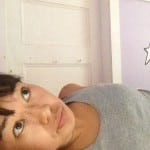
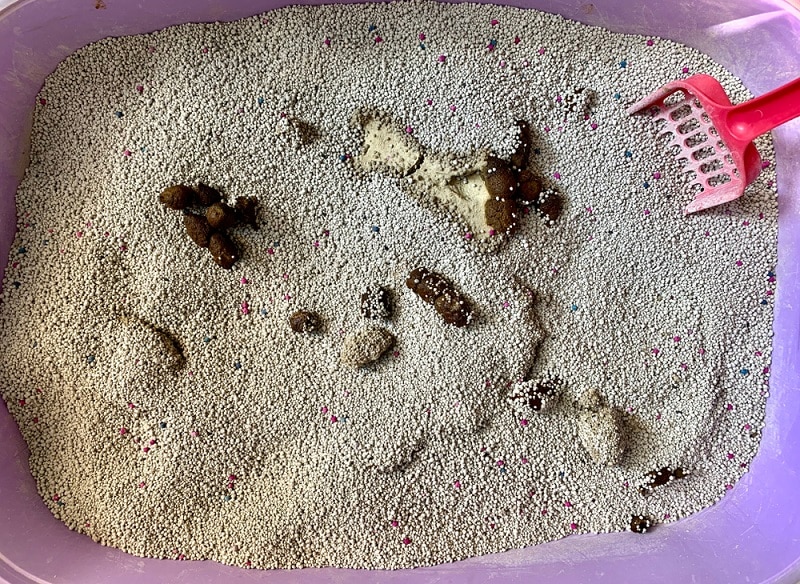


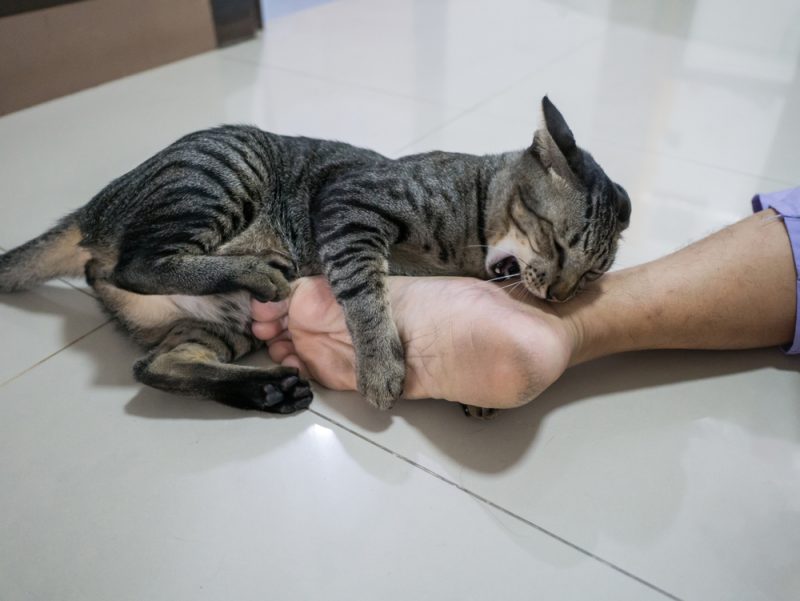
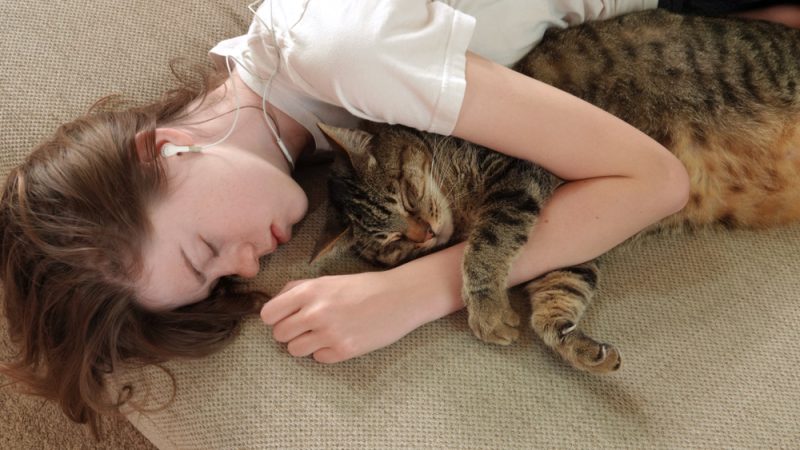


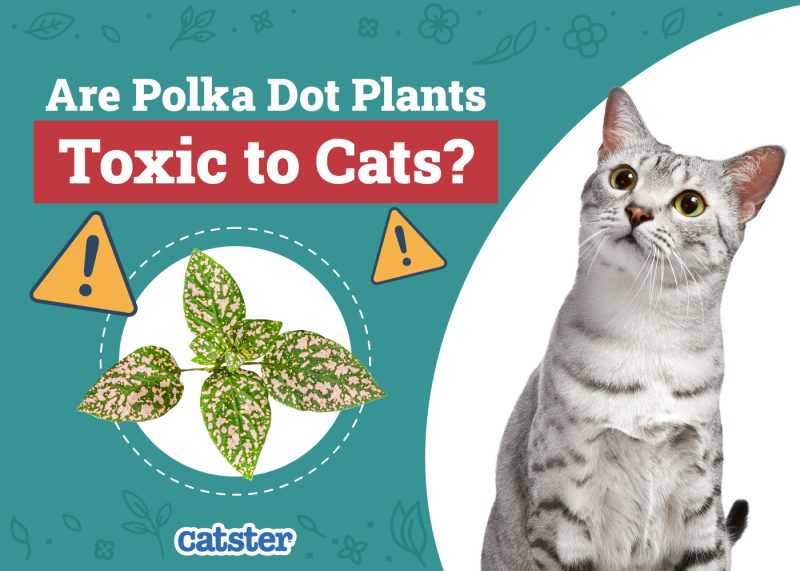

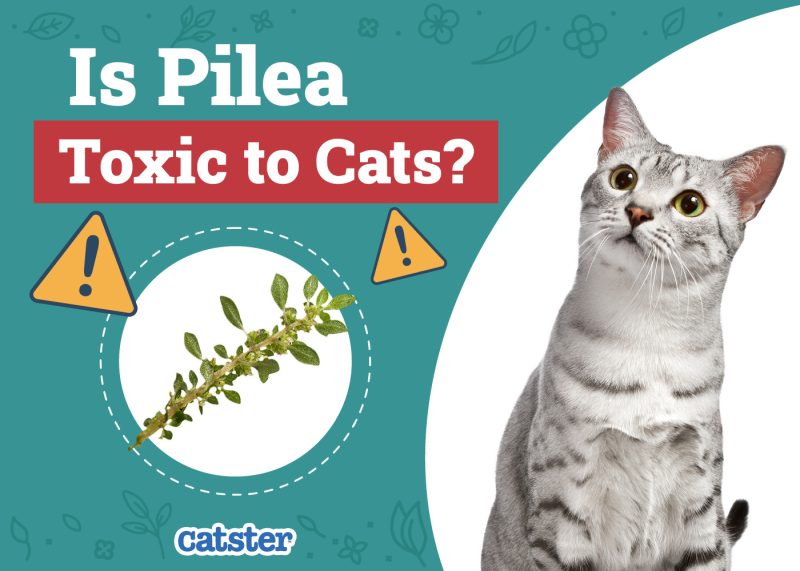

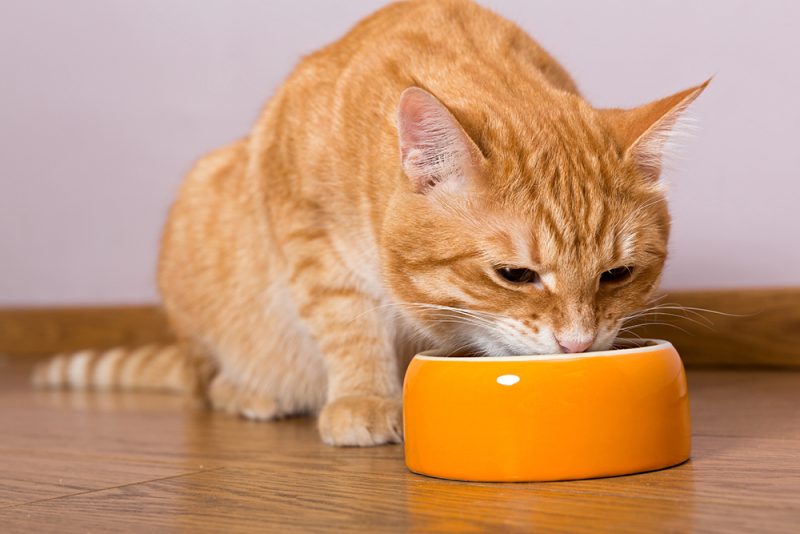

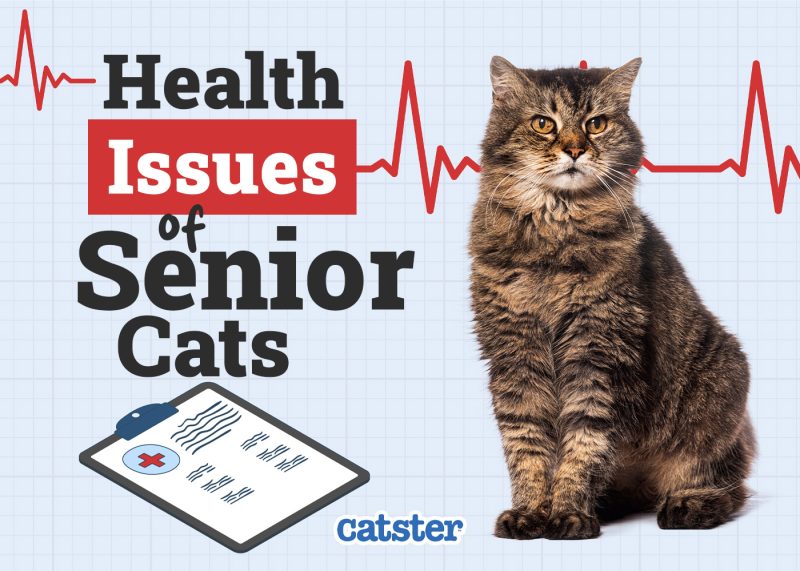


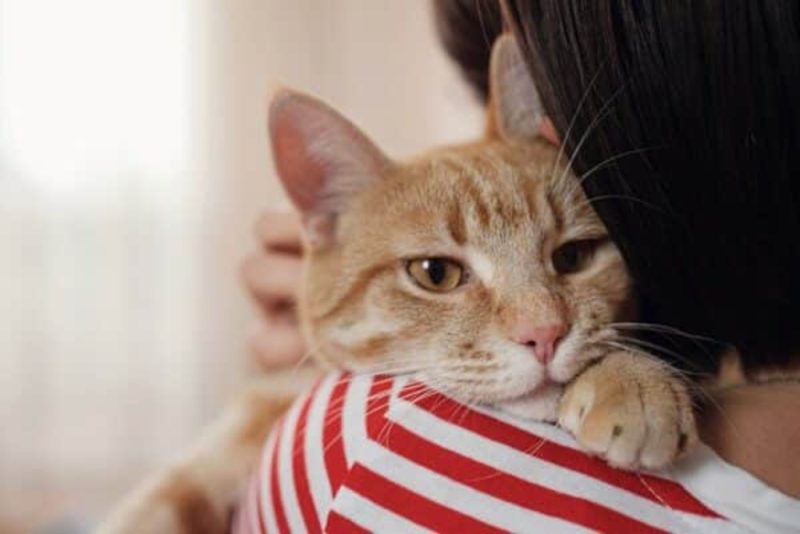
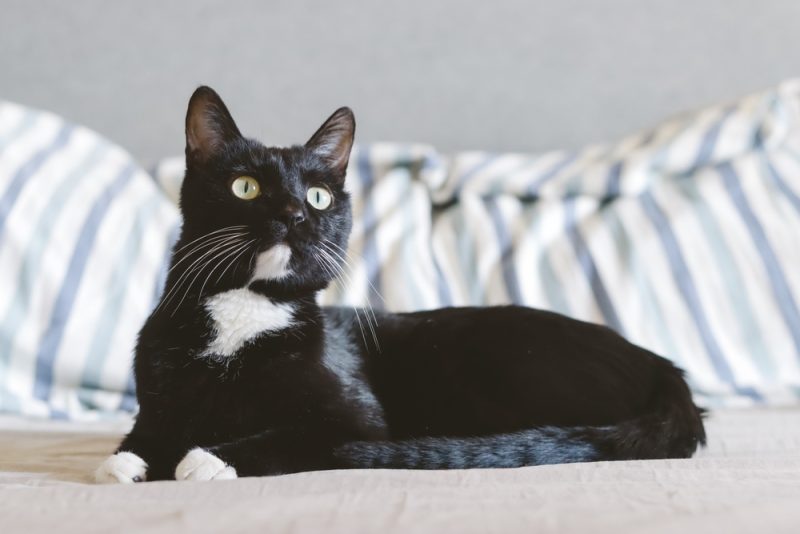


2 Responses
Keep cats insid for their safety
Thanks for your comment Bunny, we agree keeping cats inside is safer for them but they do need enrichment and lots of play.